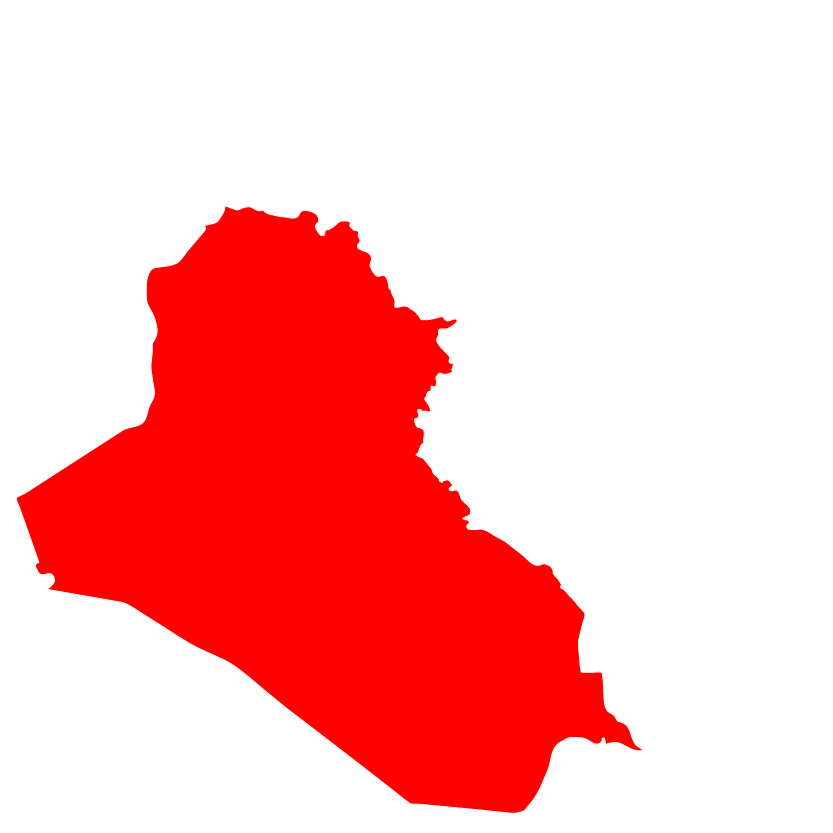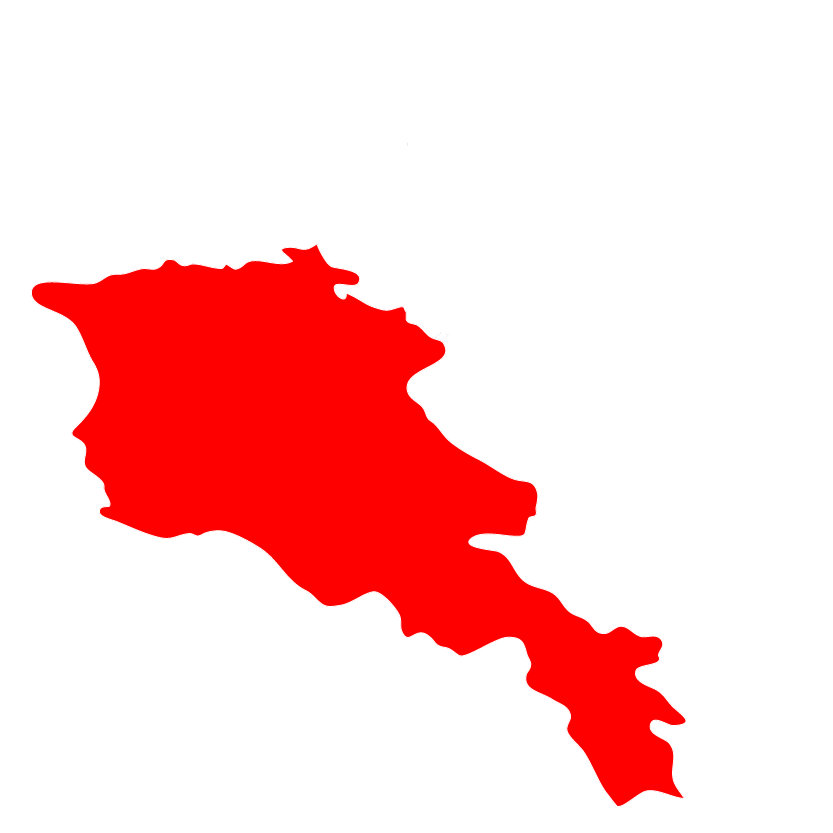The current crisis in Iraq began in June 2014, when militants of the Islamic State Iraq and Syria (ISIS) seized control of over one third of Iraq’s territory within a few weeks. Iraqi Security Forces (ISF), the Kurdish Peshmerga and various armed groups engaged in the fight against ISIS, and finally recaptured Ramadi in February 2016, Hit in April 2016, Fallujah in June 2016, Mosul in July 2017, Tal Afar in August 2017 and Hawija in October 2017.
The Government of Iraq announced the defeat of ISIS and regained full territorial control on 9 December 2017. With the major military operations coming to end, many people are now able to return to their homes, and previously experienced large-scale displacements are likely to be over by 2018. However, smaller scale movements are still expected resulting from the tension between the government of Iraq and the Kurdish Regional Government (KRG), triggered by the referendum on Kurdish independence of 25 September 2017.
According to upcoming Humanitarian Response Plan (HRP) estimates, 8.7 million people will require some form of humanitarian assistance in 2018. The humanitarian crisis in Iraq remains one of the largest and most volatile in the world, with a complex reality and rapidly changing vulnerabilities and serious economic problems.
However, with the defeat of ISIS there is now a high chance of a protracted crisis with decreasing attention, while there is still great need for help in order to break the cycle that led to the current events. The Iraqi security situation became extremely acute with the conquest of part of the country by Islamic State (ISIS). This conflict altered the balance of power and split the country into those areas held by IS, the autonomous Kurdish areas and those controlled by the federal government.
According to the latest data, in Nineveh province, 598,578 individuals are currently displaced (as of 31 August 2018) as a result of the offensive to retake Mosul and the efforts to push ISIS fighters out of Hawijah. 1,548,108 individuals (as of 31 August 2018) have been able to return home as liberation in the province has progressed. ISIS seizure of territory in Nineveh Province, Iraq’s most ethnically and religiously diverse area, resulted in some of the worst atrocities attributed to the terrorist group, including significant inter-ethnic violence.
The ongoing ethnic and religious tension, violence and crimes made almost all non-Arab or non-Muslim families reluctant to return, and those who did return are at risk of facing segregation and isolation. The price paid by the people of Mosul is incredibly high with loss of lives, infrastructure, assets, physical and psychological abuse and loss of livelihood. People lost their homes and stayed in temporary camps for years. In addition, affected people also lost their means of earning and livelihood. Prior to the conflict, the economic status of the people were low which got aggravated during the conflict. As reported by many agencies including UN that livelihood opportunities remain very limited with concern over inter-ethnic conflicts and protection issues.
As part of the revision of the ACT Alliance Humanitarian Response Mechanism, a “Call for Action” is essentially the same as an “Alert”, but it applies to Complex emergencies only (category 3 in the ACT Revised Humanitarian Mechanism). For further information on the Revised Humanitarian Response Mechanism, please refer to its online toolkit: https://actlearn.org/course/view.php?id=236









